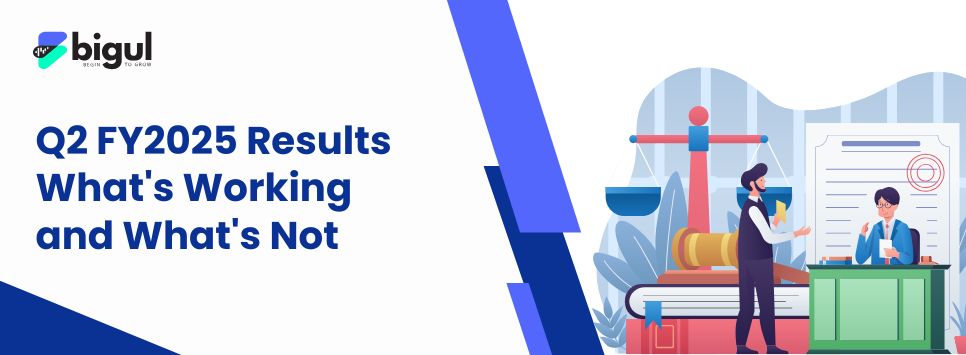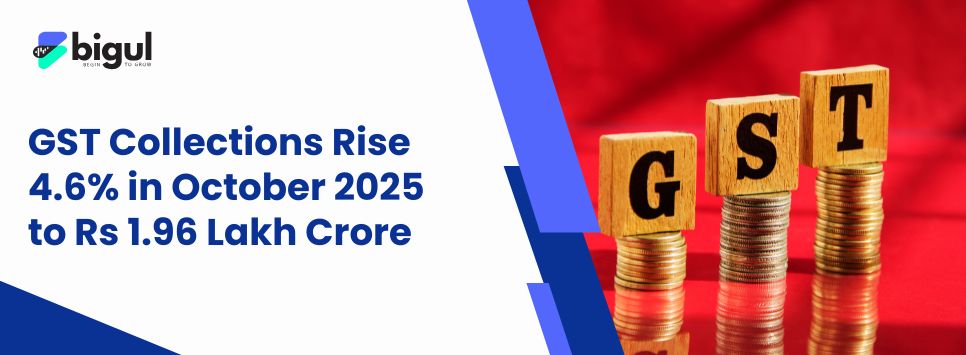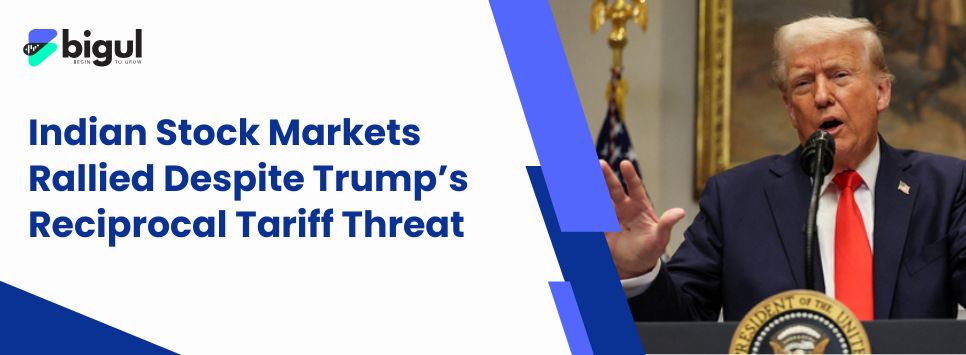Donald trump threat of reciprocal tariffs made very less impact on the Indian stock market. This new threat of imposing tariifs on India and other nations is set to take effect from April 2, 2025
Trump made this announcment during his address to congress and raised his concerns about potenital disruptions and market volatility. Despite many analysts analysis Indian equities defied expectations by breaking a prolonged losing streak.
Also Read | Prudential’s Strategic Stake Sale in the Indian Stock Market: A Game-Changing Move
Let's find out the key factors behind the unexpected rally.
Market Rally Fueled by Pullback, Global Momentum, and Domestic Strength
Following a 10-session losing streak, the Nifty50 staged a notable rebound rally as investors capitalized on a natural market pullback after an extended decline. Uncertainty over Trump’s tariff rhetoric and persistent selling by foreign institutional investors had driven market losses until early March.
Global markets played a big role, with good news from Asia and strong performance on Wall Street. Stocks related to AI and steelmakers lifted the S&P 500, Nasdaq, and Dow Jones. This optimism helped ignore worries about tariffs.
At home, important sectors like cars, metals, and infrastructure showed strength. Stocks like M&M, Tata Steel, and Power Grid jumped up to 3.5%.
Let's understand whether the Trump's tariif threats are more than a bark.
Trump’s Tariff Threat: More Bark Than Bite?
Another factor tempering the market’s reaction was scepticism about the immediate impact of Trump’s tariffs. Though the US is India's biggest trading partner, with exports totalling $77.51 billion in FY24, the experts indicated that the retaliatory tariff threat could be a bargaining chip instead of an impending policy change. During his first term, Trump’s tariff threats often paved the way for dialogue, as seen in India-US trade talks in February 2025, where both nations agreed to pursue a trade deal by fall 2025. Experts like Soumya Kanti Ghosh from Axis Bank highlighted India’s diversified export basket—spanning engineering goods and value-added products—as a buffer against tariff shocks. This diversification, coupled with the “China +1” strategy, where global firms shift supply chains away from China, could even position India as a beneficiary in the long run.
Short-Term Relief, Long-Term Uncertainty
The rally was relief for the investor but it has not earsed the long term implications of trump policy. Sectors like chemicals, metals, jewellery and agriculture could face losses. Many analysts are speculating that India and Thailand can be particularly exposed to the threat of high tariff
Conclusion: A Tale of Resilience and Caution
The rally in the Indian stock market on March 5, 2025, against Trump's retaliatory tariff threat was a testament to its resilience. A mix of a technical pullback, encouraging global leads, sectoral strength, and domestic buying fuelled the spurt. Even though the tariff overhang remains, India's diversified economy and continued trade negotiations with the US provide hope that the effect can be cushioned. For now, investors seem to be betting on India’s ability to weather the storm, but vigilance remains key as April 2 approaches.
Also Read | NSE To Implement New F&O Expiry Schedule, Moving from Thursday to Monday









.jpg)
.jpg)
